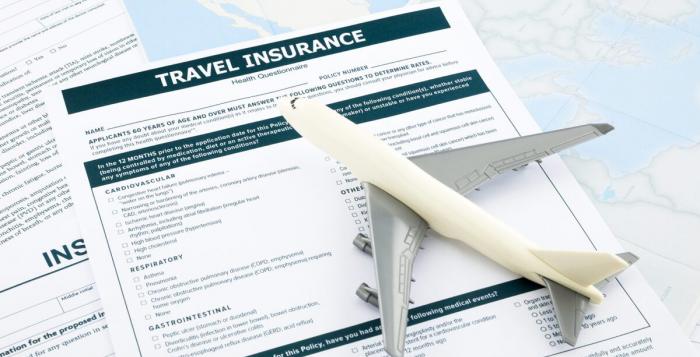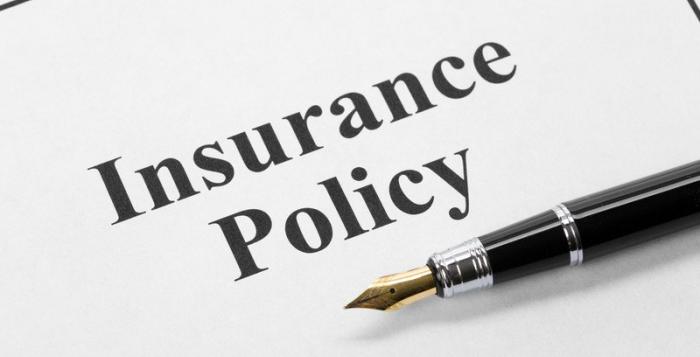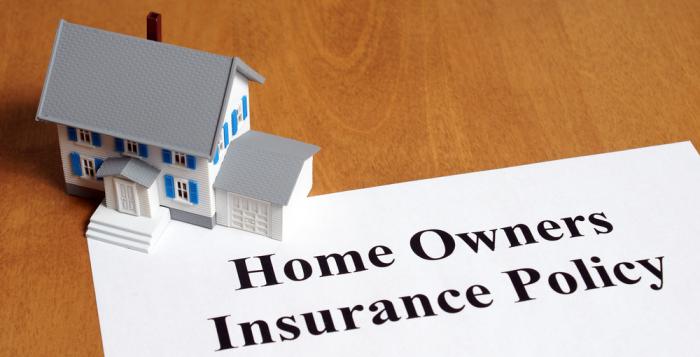Car insurance premiums can vary greatly from one person to another, even if they drive similar vehicles. This is because insurers calculate premiums based on a variety of factors, ranging from personal details to driving habits and vehicle specifications. Understanding what influences the cost of car insurance can help you make smarter decisions when shopping for coverage. In this article, we will explore the key factors that affect the cost of car insurance premiums.
1. Driver’s Age and Experience
One of the most significant factors influencing car insurance premiums is the age and experience of the driver. Younger drivers, especially those under 25, typically pay higher premiums because they are statistically more likely to be involved in accidents. On the other hand, older and more experienced drivers tend to enjoy lower rates, as they are seen as lower-risk.
- Younger drivers: Higher premiums due to inexperience and higher accident rates.
- Older drivers: Lower premiums, though premiums may rise again for seniors due to health-related driving risks.
2. Driving Record
A driver’s history on the road plays a crucial role in determining car insurance costs. Insurers assess your driving record to determine how risky you are to insure.
- Accidents and traffic violations: Drivers with a history of accidents, speeding tickets, or other violations will face higher premiums. These incidents indicate a higher likelihood of future claims.
- Clean record: Drivers with a clean driving record, free from accidents and violations, are considered low-risk and are rewarded with lower premiums.
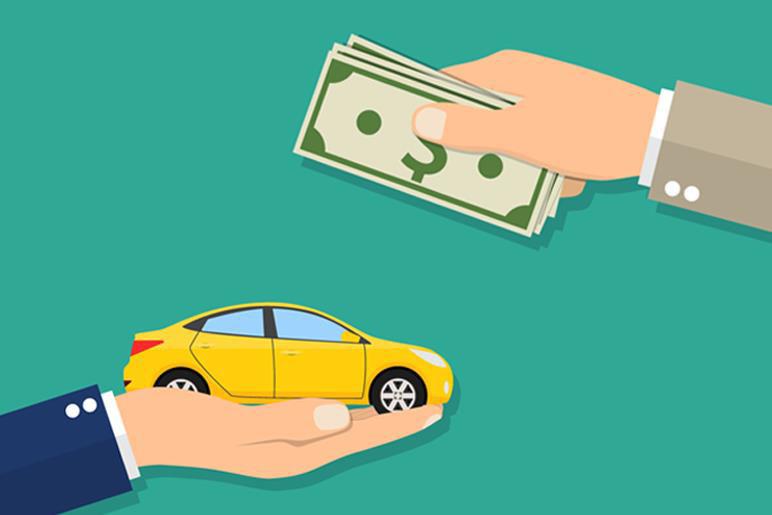
3. Location
Where you live and park your car affects the cost of your car insurance. Insurance companies assess the risks associated with your geographical location.
- Urban areas: Drivers living in densely populated areas tend to pay higher premiums due to increased risks of accidents, theft, and vandalism.
- Rural areas: Those in less populated areas typically pay lower premiums because the risks of accidents and car-related crimes are lower.
Other location-based factors include local weather conditions, crime rates, and regional insurance regulations.
4. Type of Vehicle
The make, model, and year of your car will also affect your insurance premium. More expensive and high-performance vehicles typically cost more to insure.
- Luxury or sports cars: These vehicles often come with higher insurance premiums due to their higher repair and replacement costs, and the increased likelihood of accidents at higher speeds.
- Economy or family cars: Vehicles designed for safety and reliability, such as sedans or family SUVs, tend to have lower insurance premiums.
In addition, cars with safety features like anti-lock brakes, airbags, and anti-theft devices may qualify for discounts on insurance.
5. Annual Mileage
How much you drive annually affects your insurance premium. The more you drive, the higher your risk of being involved in an accident, which translates into higher premiums.
- High-mileage drivers: Those who drive long distances regularly, such as commuters, are more likely to pay higher premiums.
- Low-mileage drivers: If you drive less frequently or only for short distances, you may qualify for a lower premium.
6. Credit Score
In many regions, your credit score is another factor that insurers use to determine your premium. Statistically, people with higher credit scores are less likely to file claims, which makes them lower-risk customers.
- Good credit: A strong credit score can lead to lower insurance premiums.
- Poor credit: A low credit score might result in higher premiums, as insurers view these customers as more likely to file claims.
7. Type of Coverage and Deductible
The type of coverage you choose and the deductible amount you agree to pay also directly impact your premium.
- Comprehensive vs. basic coverage: Full coverage policies, which include comprehensive and collision coverage, cost more than basic liability coverage. The more protection you add, the higher your premiums will be.
- Deductible amount: If you choose a higher deductible (the amount you pay out of pocket before insurance kicks in), your premiums will be lower. Conversely, a lower deductible results in higher premiums.
8. Gender
In some regions, gender plays a role in determining car insurance premiums. Statistically, men are more likely to be involved in serious accidents, especially at younger ages, which can result in higher premiums for male drivers.
- Young male drivers: Often face higher premiums compared to their female counterparts.
- Older drivers: The gender gap in premiums typically narrows as drivers age and gain more experience.
9. Claims History
If you’ve previously filed insurance claims, especially for accidents where you were at fault, your premiums are likely to increase.
- No-claims discount: Many insurers offer discounts for drivers who have not filed any claims over a certain period. Maintaining a clean claims history can lead to significant savings on your premiums.
- Frequent claims: If you’ve made multiple claims, particularly for accidents, insurers may view you as a higher risk and raise your rates.
10. Marital Status
Believe it or not, your marital status can also affect your insurance premiums. Statistics show that married individuals are less likely to be involved in accidents compared to single drivers.
- Married drivers: Typically pay lower premiums as they are considered more responsible and less likely to engage in risky driving behaviors.
- Single drivers: May face slightly higher premiums, particularly younger, unmarried drivers.
11. Car Usage
How you use your car also influences your insurance premium. Insurers assess the purpose of your driving when calculating your rates.
- Personal use: Drivers who only use their vehicles for personal reasons, such as errands or commuting to work, usually pay lower premiums.
- Business use: If you use your car for business purposes, such as transporting goods or clients, your premiums may be higher because business use typically involves more driving and therefore more risk.
12. Bundling Policies
If you have multiple insurance policies with the same company, such as home and auto insurance, you may be eligible for a bundling discount, which can reduce your car insurance premium.
Bundled policies: Insurers often provide discounts for customers who purchase multiple types of coverage from them, resulting in savings on both car and other insurance policies.
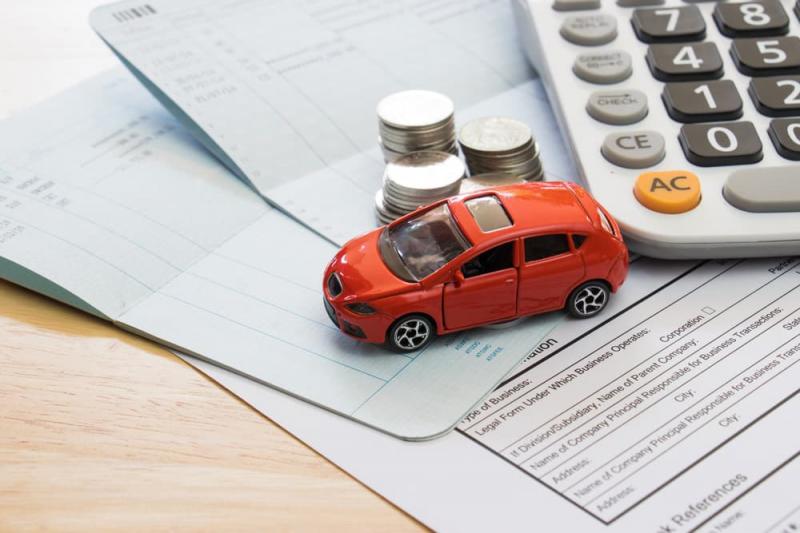
The cost of car insurance premiums is influenced by a combination of personal, vehicle, and situational factors. By understanding what affects your premium, you can take steps to lower your rates, such as maintaining a clean driving record, choosing the right coverage, and being mindful of your vehicle's usage. Always compare quotes from different insurers to find the best possible rates for your specific needs and circumstances.


.jpg)

